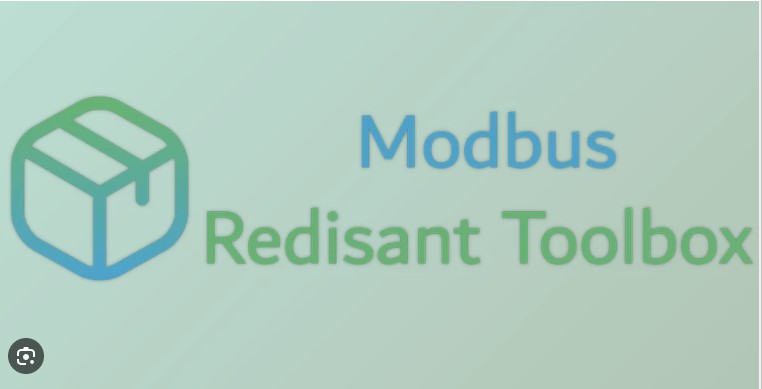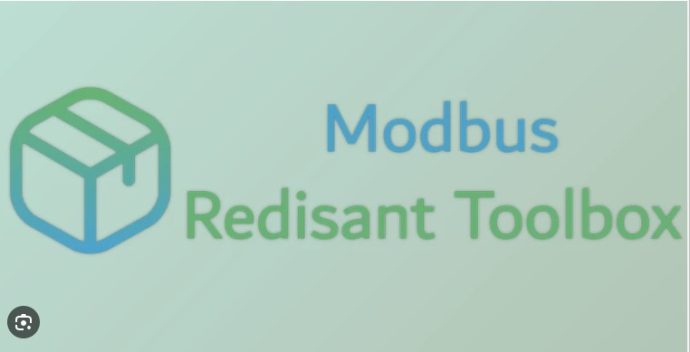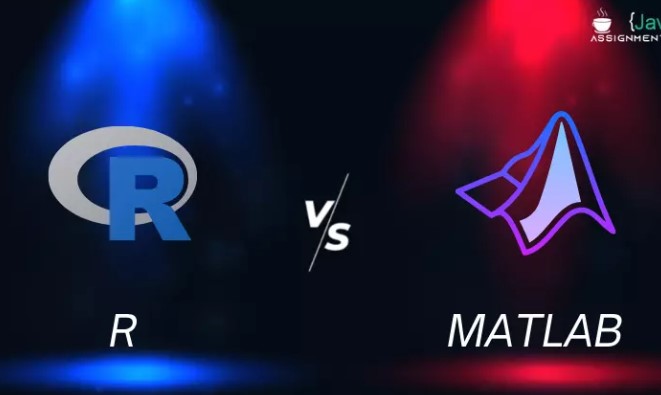
Redisant Toolbox – An all-in-one toolbox for developers
October 19, 2024Redisant Toolbox – An all-in-one toolbox for developers
Benefits of Redisant Toolbox :

All-in-one toolbox for developers : The Redisant Toolbox is conceptualized as an all-in-one utility set designed to meet the diverse needs of developers. Such a toolbox would streamline the development process by integrating essential tools, libraries, and resources, offering flexibility and efficiency across various programming tasks.
Here’s what a Redisant Toolbox could offer:
Key Features of the Redisant Toolbox:
1. Code Editor & IDE Integration:
– Multiple Language Support: Built-in support for various programming languages like Python, JavaScript, Java, C++, and more.
– Syntax Highlighting: Auto-detection of programming languages and appropriate color-coded syntax for clarity.
– Auto-completion & Suggestions: Intelligent suggestions based on code patterns and libraries in use.
2. Version Control:
– Git Integration: Built-in version control system with Git for seamless branching, merging, and collaboration.
– Cloud Repository Support: Direct integration with GitHub, GitLab, and Bitbucket for online code storage and version tracking.
3. Debugger:
– Interactive Debugging: Debug code in real-time with breakpoints, watch variables, and step-through functionality.
– Cross-Language Debugger: Support for debugging across different programming environments.
4. Task Automation:
– Build Tools: Integration with tools like Gulp, Webpack, Maven, and Gradle for automating builds.
– CI/CD Pipelines: Integration with Jenkins, Travis CI, or CircleCI for automating continuous integration and delivery.
5. Database Management:
– SQL Client: Support for managing and querying databases like MySQL, PostgreSQL, and SQLite.
– NoSQL Integration: Tools for MongoDB, Redis, and other NoSQL databases for flexible data storage options.
– ORM Support: Integration with Object-Relational Mapping libraries such as SQLAlchemy or Hibernate for easier database interaction.
6. Testing & Debugging Tools:
– Unit Testing Frameworks: Support for frameworks like JUnit, pytest, or Mocha for automated testing.
– API Testing Tools: Built-in tools to test RESTful or GraphQL APIs like Postman or Insomnia.
– Code Profiling: Tools to check for memory leaks, performance bottlenecks, and inefficiencies in the codebase.
7. Project Management:
– Kanban Boards: Task management boards similar to Trello or Jira for organizing project workflows.
– To-do Lists: Simple to-do lists to track development tasks and progress.
8. Security Tools:
– Static Analysis Tools: Tools like SonarQube to detect vulnerabilities in code early in the development cycle.
– Encryption Libraries: Pre-built libraries for encryption, hashing, and security protocols.
9. API & Documentation Generation:
– Swagger/OpenAPI: Automatic generation of API documentation for RESTful services.
– **Markdown Support**: Support for writing README and other documentation files using Markdown.
10. Package Manager:
– Dependency Management: Integration with package managers like npm, pip, Maven, or Gradle to manage dependencies seamlessly.
– Registry Access: Quick access to language-specific registries like PyPI (for Python) or npm (for JavaScript).
11. Cloud Integration:
– Cloud SDKs: SDKs for working with cloud services like AWS, Azure, or Google Cloud.
– Deployment Tools: Easily deploy applications to the cloud using containerization tools like Docker or orchestration platforms like Kubernetes.
12. Design and Prototyping:
– UI/UX Tools: Integration with tools like Figma or Sketch for designing interfaces and prototyping web or mobile applications.
– **Responsive Design Tools**: Built-in tools to test and design responsive, mobile-friendly applications.
13. Terminal & Command-Line Interface:
– Integrated Terminal: Direct access to a terminal with support for Bash, PowerShell, or Zsh.
– Command Shortcuts: Predefined command shortcuts for faster development.
14. Extensions & Plugins:
– Plugin Marketplace: Access to a marketplace for downloading extensions, themes, and plugins to extend the toolbox’s functionality.
– Custom Scripting: Support for custom scripts to further automate or personalize the development environment.
15. Collaboration Features:
– Live Coding: Real-time collaboration on code with teammates, similar to Microsoft Live Share.
– Chat Integration: Integration with Slack, Microsoft Teams, or Discord for communication within the toolbox.
Benefits of Redisant Toolbox for Developers:
– All-in-One Solution: Centralizes development tools, making the coding, testing, and deployment process smoother and more efficient.
– Time-Saving: Reduces time spent switching between tools and platforms, improving overall productivity.
– Customization: With plugins and extensions, developers can tailor the toolbox to their specific needs and workflow.
– Collaboration Ready: Features like live coding and version control integration allow for seamless teamwork and code management.
– Cross-Platform: Support for Windows, macOS, and Linux, ensuring that developers on any platform can benefit.
Use Cases:
– Software Development**: Full-stack development with support for both front-end and back-end technologies.
– Data Science**: Integration with data science libraries like TensorFlow, pandas, and matplotlib for analysis and model building.
– Mobile App Development**: Tools for developing, testing, and deploying iOS and Android apps.
– Web Development**: Web development features with support for frameworks like React, Angular, and Vue.js, as well as backend frameworks like Django, Flask, or Node.js.
The Redisant Toolbox would aim to unify the developer’s workflow, making the entire development lifecycle—from coding to deployment—more streamlined and efficient.

